Liàn liàn fengchén (1986) Online
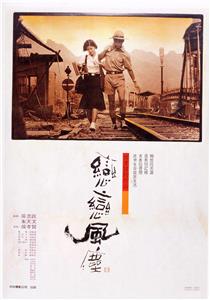
A-yuan and A-yun are both from the small mining town of Jio-fen. In the city, A-yuan is an apprentice by day and goes to night school, and A-yun works as a helper at a tailors. Everyone thinks they are meant for each other, so do they. They fail to see time and fate are beyond their control.
| Credited cast: | |||
| Shu-Fang Chen | - | (as Shufang Chen) | |
| Shu-Fen Hsin | - | Kang So-Huen | |
| Lawrence Ko | - | Mrs. Lin's son (as Ko Yu-Luen) | |
| Tien-Lu Li | - | Grandpa (as Tian-Lu Li) | |
| Ju Lin | |||
| Yang Lin | |||
| Fang Mei | |||
| Mei-Feng | |||
| Chien-wen Wang | - | Wan | |
| Bi-yuan Yan | |||
| Li-Yin Yang | - | Ying |
This film is inspired by screenwriter Wu Nien-Jen's childhood memories. It is the third installment of director Hou Hsiao-Hsien's "Coming-of-Age Trilogy" that features three prominent Taiwanese screenwriters' coming-of-age stories. The other two are Dong dong de jiàqi (1984) (inspired by the coming-of-age story of Chu Tien-wen) and Tóngnián wangshì (1985) (inspired by the coming-of-age story of Hou Hsiao-Hsien, who is a screenwriter-turned-director).
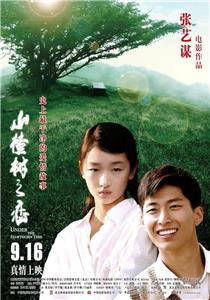
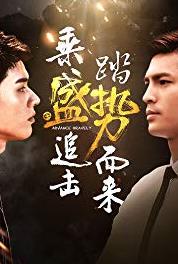

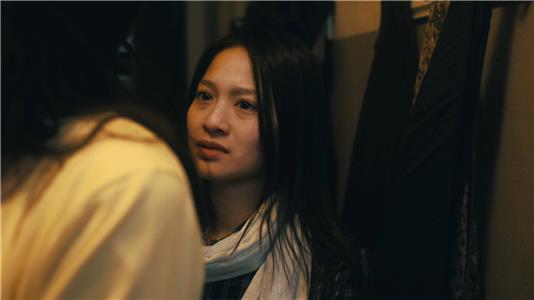
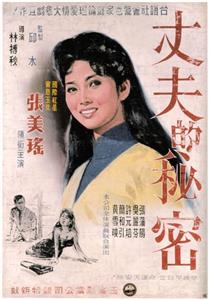
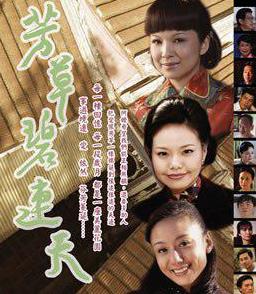
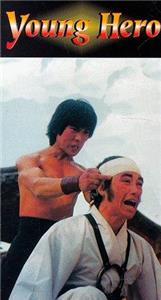
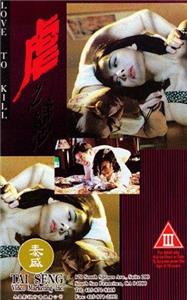
User reviews